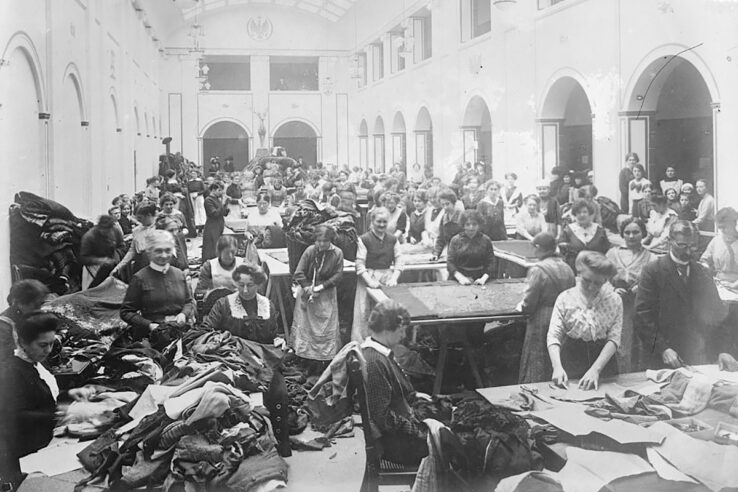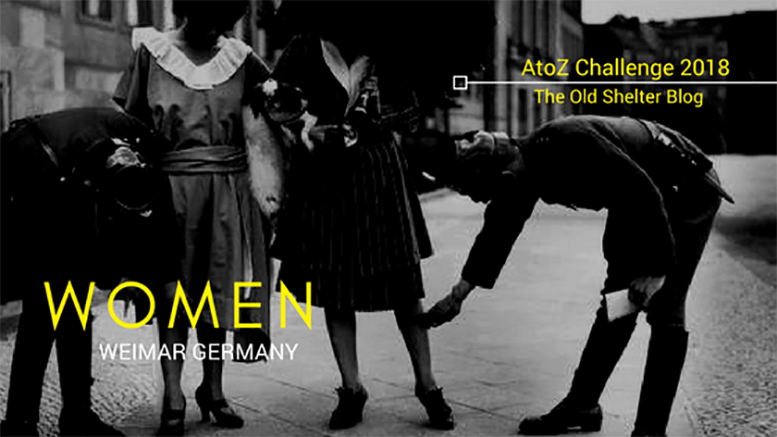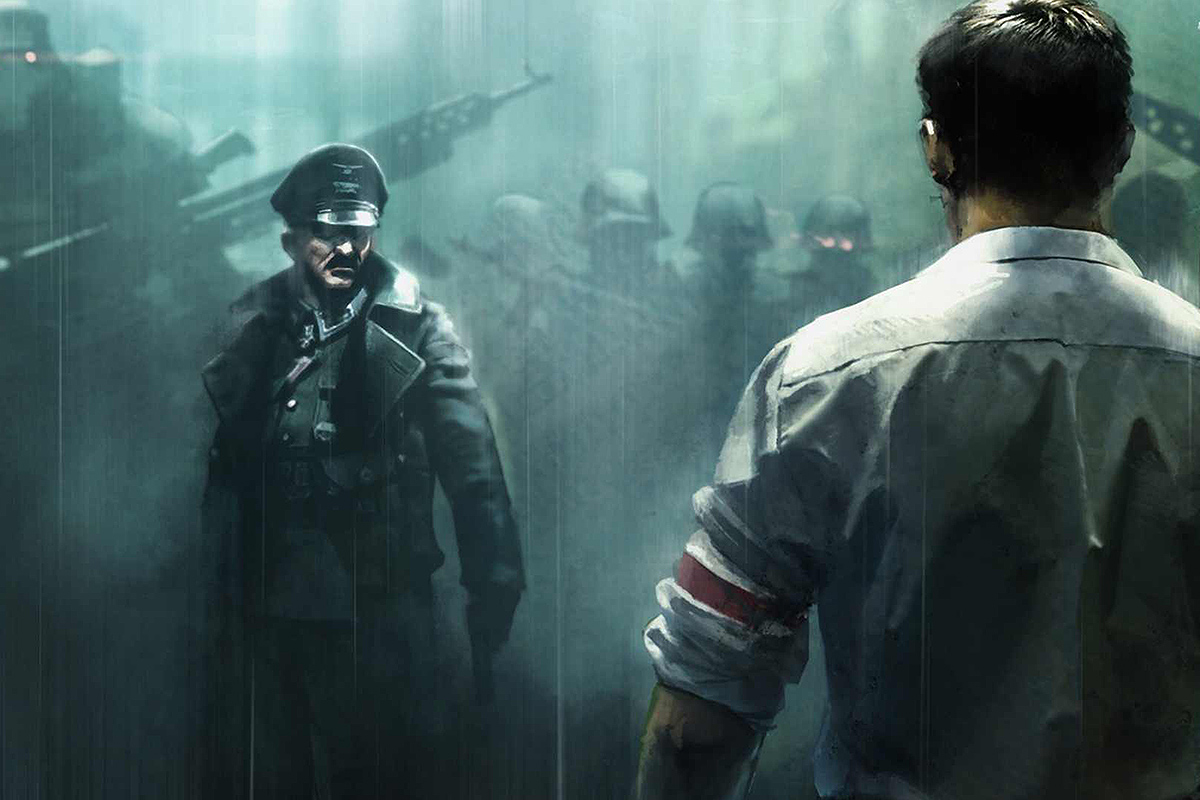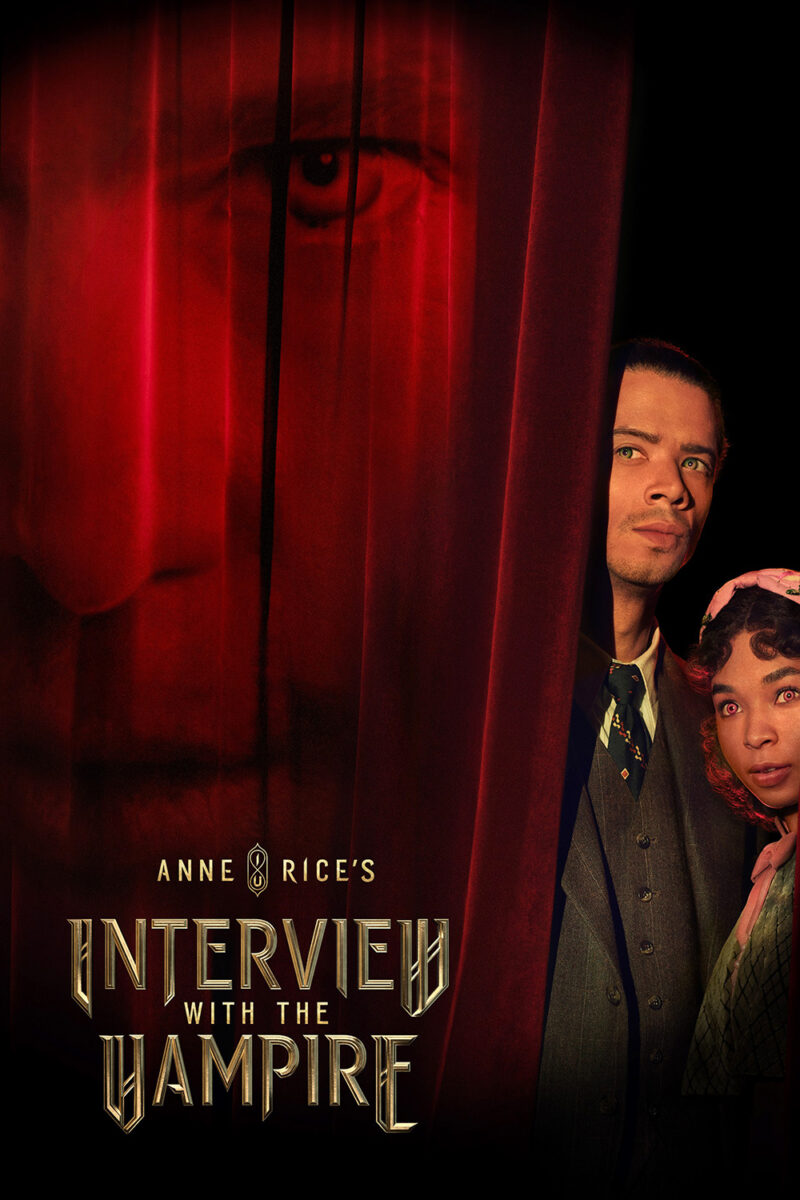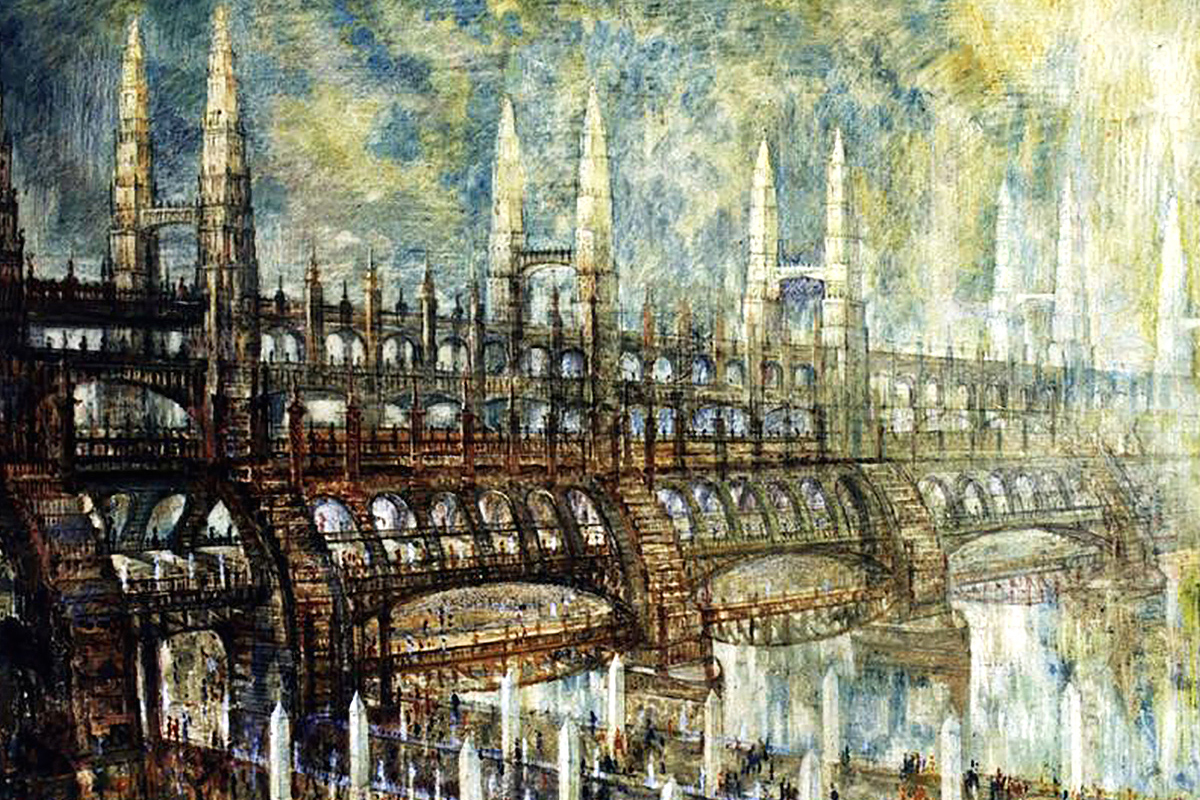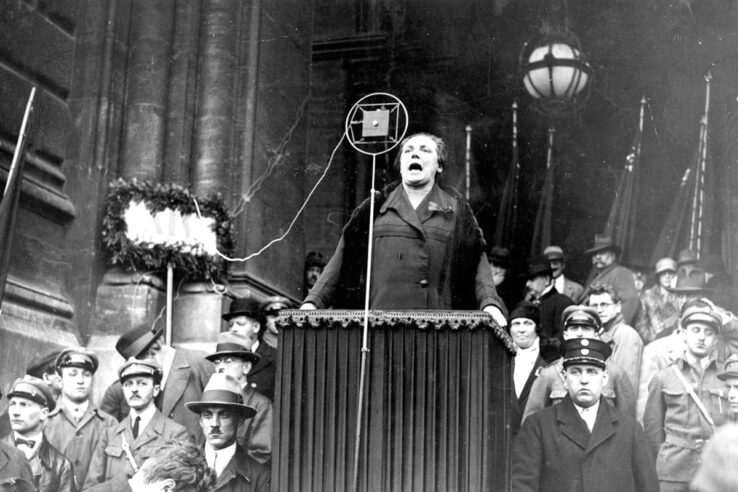
In the 1920s, the role of women in society shifted dramatically. Women liberated themselves. They started working outside the house, engaging in activities previously reserved to men, they discovered their sexuality and sensuality and uncovered their body.
This was a common occurrence throughout the Western World — with reaches outside of it — but it had peculiar characteristics in every single nation.
In Germany, women had had to fend for themselves through the years of war, and they continued to do so after the war ended. Before the war, only few women worked outside the house, mostly working-class women employed in the factories or in domestic service. But during the war, women had to replace men in many jobs, and slowly it became something which was considered acceptable, even desirable.
After the war, work was seen by all women, especially young ones, and a means of realization and self-determination. Women of all classes entered the workforce, even if they were mostly employed in what became known as female occupations (teachers, nurses, social workers). But they also started to enter the professions and fields previously considered eminently male. The postwar decrease in demographics, especially among men, certainly helped here. Eleven million women worked full-time in Germany in 1918, which was about 36 percent of the whole workforce. This percentage wasn’t much higher than before the war, but the kind of jobs women held was different. They started being visible as they became bus conductors, postwomen, doctors and lawyers.
Women were the majority of the electorate in postwar Germany, a result of the many men who had died in the war, but also of the number of veterans who, injured both physically and mentally, were unlikely to vote. The republic had given women the right to vote and be voted: women held 10 percent of the seats in the Reichstag. No political party could afford to ignore them.
As in many other Western countries, the 1920s brought about a sexual liberation for women, facilitated by the advancement in birth control, the willingness of both women and men to use those methods and the aspiration of women to a personal realization before dedicating themselves to the family. Besides, many German women didn’t even consider creating a family. Hardened by the war years, accustomed to providing for themselves, to work and now to exert their political rights, women realized they didn’t really need a man in their life. And there was after all a surplus of women as a result of the war casualties. Even women who would have chosen otherwise were forced to take up a more independent life.
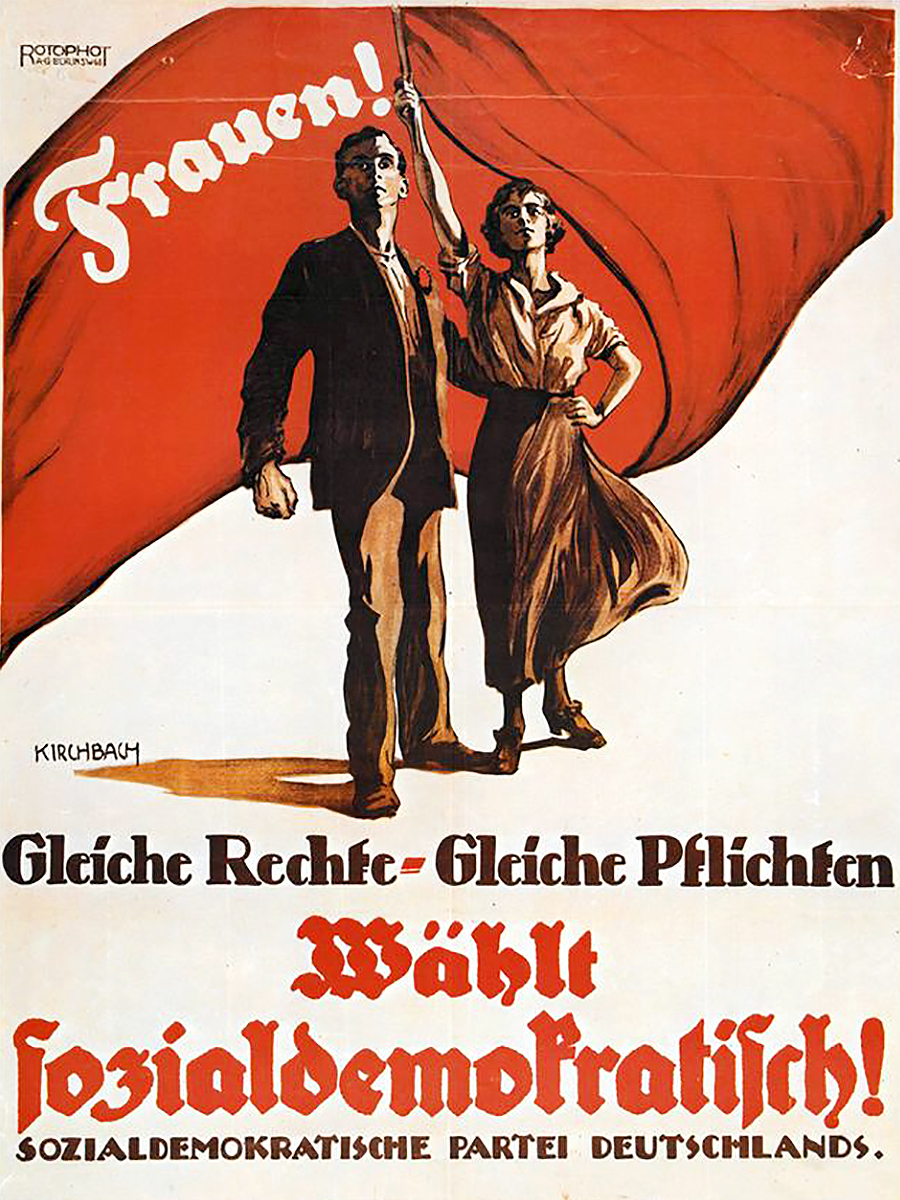
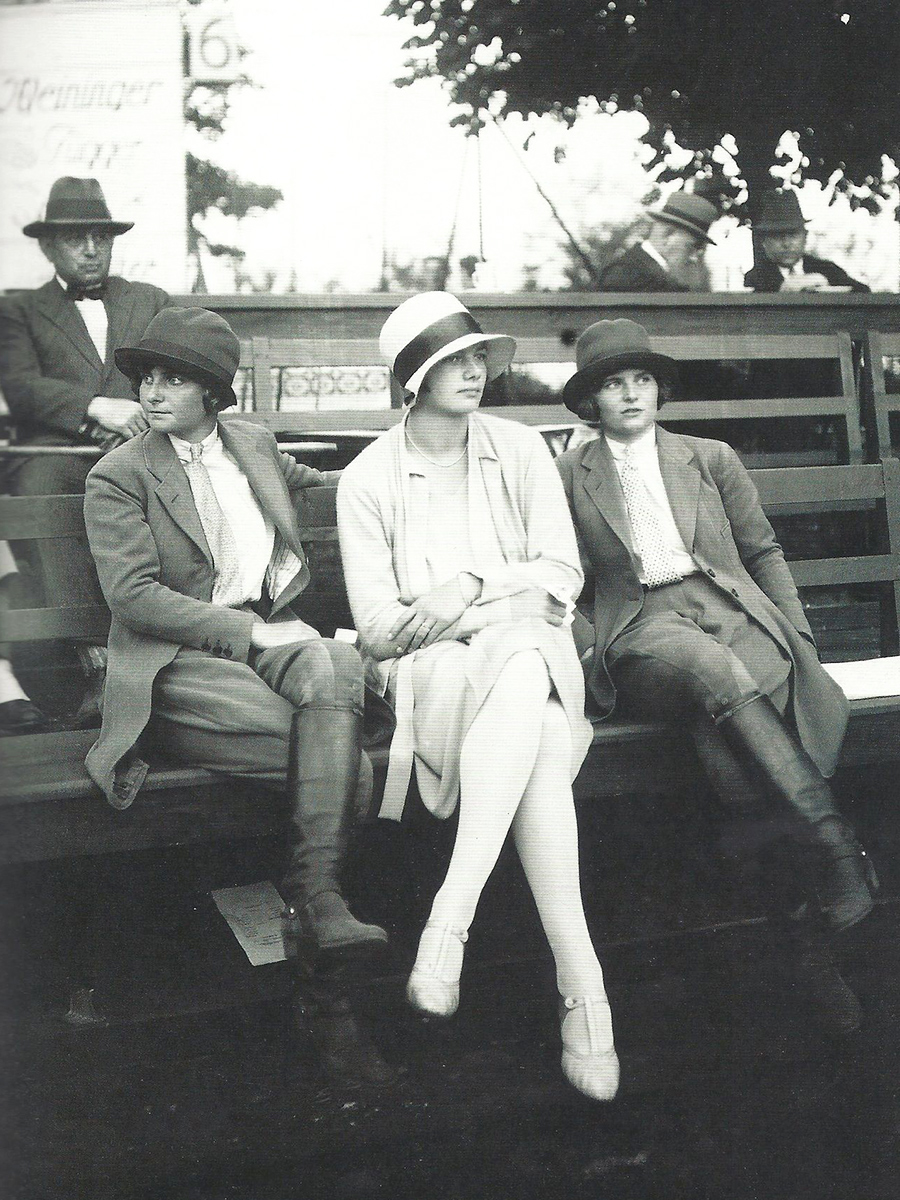

The new look, the new attention to make-up and the new fashion allowing freedom of movement and the possibility to show off her forms, and use them in a new, sensual way, gave women power over themselves and over men which was unprecedented. It arose in them the awareness that they could indeed do whatever they wanted.
Society generally reacted with fear and horror to this new woman. Her resistance to create a family and have children was seen as nothing short of betrayal to the nation. Her increasing affirmation was seen as dangerous for the masculinity of men that had already been gravely battered by the war experience. Like in all of the Western countries, her existence was a shock, but in Germany, the new woman was often accused of being unpatriotic and of putting in danger the fertility — therefore the future — of the nation.
The dangerous Garçonne
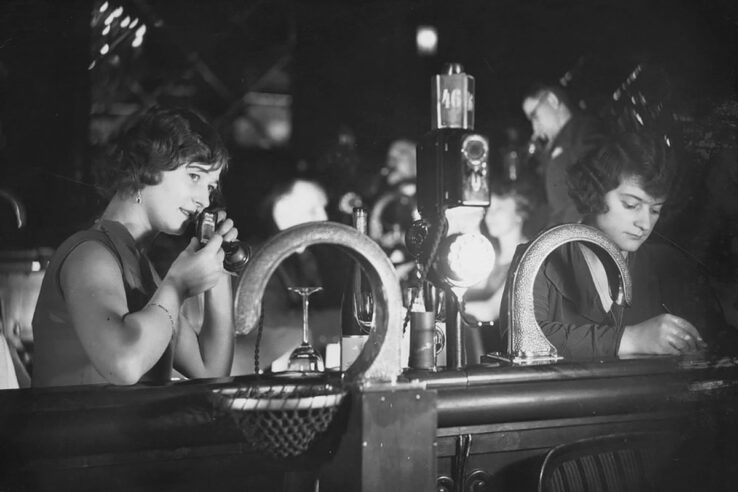
A newspaper article from 1927 delineated three key female types:
- The Germanic Gretchen, with her long, virginal braid, who bore all the traditional values of the German mother and wife.
- The youthful and Americanised Girl, who embodied all the characteristic of the woman that would in other parts of the world be called Flapper.
- The cosmopolitan, boyish, sharp-dressed and overall masculine Garçonne.
While the Gretchen was the preferable kind of woman who responded to traditional requirements, and the Girl was mostly a carefree, pleasure-seeking young thing, the Garçonne was by far the most dangerous of all.
Named after a 1922 novel by French author Victor Margueritte, the Garçonne was the most masculine and advance “form” of femininity of the 1920s. Aware of her sexual and intellectual potency and able to exercise it, the Garçonne could be so much stronger than the men she loved to become troublesome. Fashion was, in general, becoming more unisex in the 1920s, but the Garçonne, with her Bubikopf crop and her men dress, would sometimes take up even the appearance of men.
It was speculated that the war allowed the birth of such a potent woman. It was on the battlefields that women first took up the appearance of men and went about men’s roles and jobs. When the war was over, they never gave up what they had accomplished on the battlefields. The Garçonne was the most apparent incarnation of that conquest.
This story was originally published at The Old Shelter as part of an A-to-Z challenge about the history of Weimar Germany, April 26, 2018.

